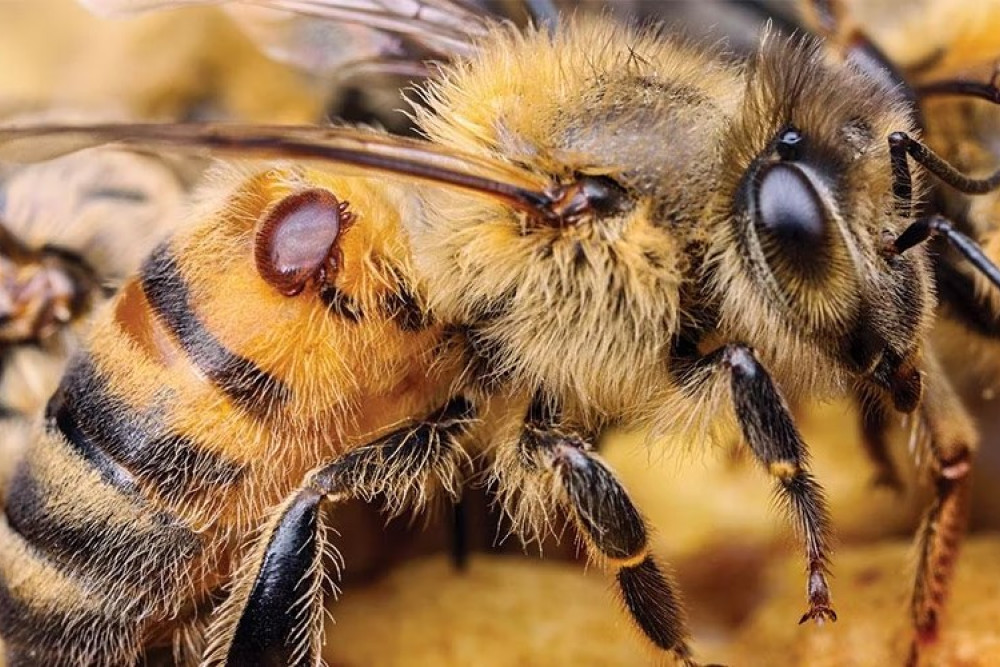On The Land
28 July, 2022
Biosecurity beefed up to protect bee colonies
AN invasive mite rampaging through New South Wales European Honeybee colonies has prompted a wave of new Queensland biosecurity measures to ensure the states bee colonies are protected and industry leaders are warning beekeepers to be alert and monitor their hives closely.

Varroa Mite (Varroa destructo) is a mite that attacks European honeybees and eventually leads to the entire colonies breakdown and death.
The mite was recently detected in New South Wales and is considered to be the greatest threat to Australia’s honey and honeybee pollination plant industries.
FNQ Growers president Joe Moro said Varroa destructor has the ability to wipe out industries, businesses and possibly even rural communities.
“Biosecurity remains a top priority for our growers and the recent outbreak of Varroa destructor in NSW clearly shows how quickly these threats can mobilise,” he said.
\Some horticulture industries rely heavily on pollination services, so any threat to this is a direct threat to the viability of horticulture.
“When you consider the economic flow-on effect from agriculture, which for many rural and regional economies is the economic driver, biosecurity is really a matter for all of us.”
In response to the mite, the Department of Agriculture and Fisheries has modified its movement control order, restricting the movement of bees, beehives, bee keeping equipment and bee products into Queensland and banning any beekeeping equipment that has been used in New South Wales from entering the state.
Under the new order, these products can only be moved into Queensland if the carrier is processed honey or beeswax, it is a new and unused apiary appliance and it is a quarantine secured diagnostic honey sample for testing at a recognised diagnostic facility.
The department has also released a Bee 123 form on the Survey 123 App to help monitor potential cases of the mite.
Agricultural Industry Development and Fisheries and Rural Communities Minister Mark Furner is imploring beekeepers to monitor their hives and report any suspected cases of the mite.
“Although the Varroa destructor species is not established in Australia, we cannot be complacent and early detection is essential to ensure any varroa mites entering Australia are contained,” he said.
“That is why we have restricted the movement of bees, beehives and other varroa mite carriers from New South Wales into Queensland.
“I urge beekeepers to download the Survey 123 app and use the Bee 123 form which will help make reporting checks of their hives easy and efficient.”
The department has asked apiarists to monitor their hives and report unexpected hive deaths, deformed bees, parasites, poor brood patterns and dead brood to Biosecurity Queensland on 13 25 23 or record results of assessments using the Bee 123 form.


